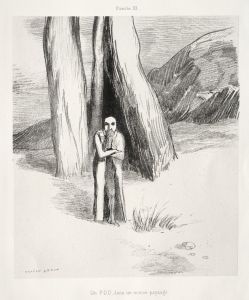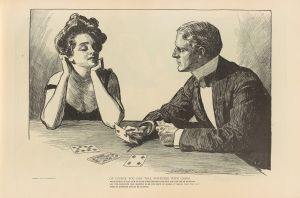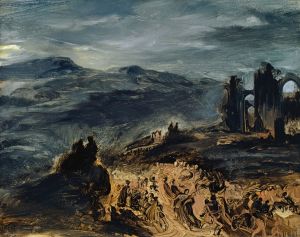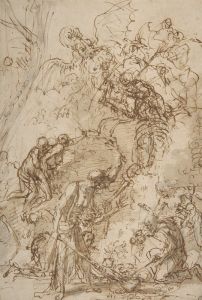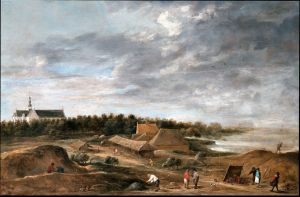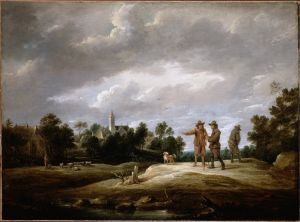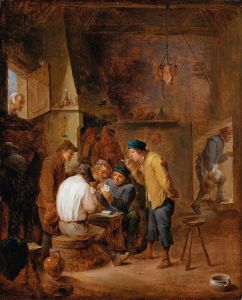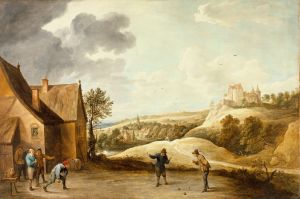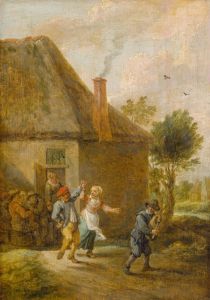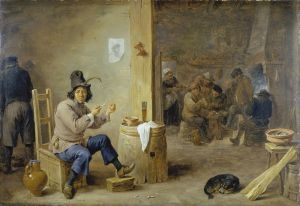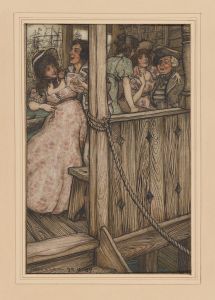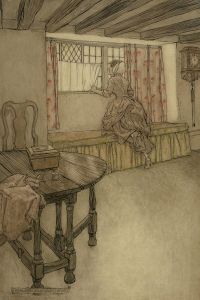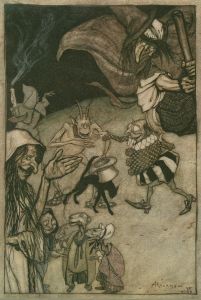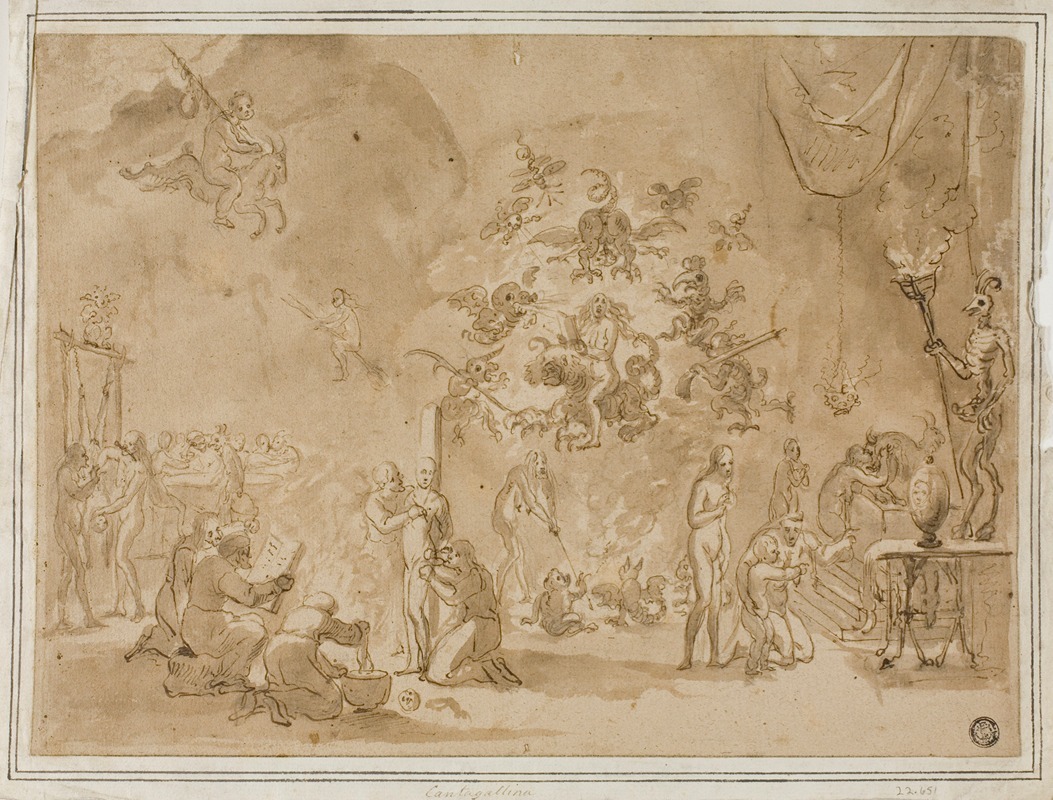
Scene of Witchcraft and Devil Worship
A hand-painted replica of David Teniers The Younger’s masterpiece Scene of Witchcraft and Devil Worship, meticulously crafted by professional artists to capture the true essence of the original. Each piece is created with museum-quality canvas and rare mineral pigments, carefully painted by experienced artists with delicate brushstrokes and rich, layered colors to perfectly recreate the texture of the original artwork. Unlike machine-printed reproductions, this hand-painted version brings the painting to life, infused with the artist’s emotions and skill in every stroke. Whether for personal collection or home decoration, it instantly elevates the artistic atmosphere of any space.
David Teniers the Younger was a prominent Flemish painter in the 17th century, known for his diverse range of subjects, including genre scenes, landscapes, and religious themes. Among his extensive body of work, "Scene of Witchcraft and Devil Worship" is one of the paintings that exemplifies his interest in depicting scenes of the supernatural and the occult, a popular theme during the Baroque period.
Teniers was born in Antwerp in 1610, into a family of artists. He was the son of David Teniers the Elder, a well-known painter in his own right. Teniers the Younger trained under his father and later became a master in the Antwerp Guild of Saint Luke. His career flourished, and he became a court painter for Archduke Leopold Wilhelm of Austria, the governor of the Spanish Netherlands. This position allowed him access to a vast collection of artworks, which influenced his style and subject matter.
"Scene of Witchcraft and Devil Worship" reflects the 17th-century fascination with witchcraft, a topic that was both feared and sensationalized in Europe at the time. The painting captures a moment filled with dark, mysterious elements, characteristic of Teniers' ability to blend realism with fantastical themes. In this work, Teniers employs his skill in creating atmospheric effects and detailed character studies to bring the scene to life.
The composition typically includes figures engaged in various activities associated with witchcraft, such as casting spells or summoning spirits. Teniers' attention to detail is evident in the depiction of the characters' expressions and gestures, which convey a sense of drama and tension. The setting is often a dimly lit interior or a nocturnal landscape, enhancing the eerie and otherworldly atmosphere.
Teniers' work in this genre is notable for its balance between the macabre subject matter and a touch of humor or satire, a common trait in his paintings. This approach may have been intended to entertain or to provide a moral commentary on the folly of engaging in such practices. His paintings often include a variety of figures, from peasants to more fantastical creatures, reflecting the social and cultural milieu of his time.
While Teniers is best known for his peasant scenes and landscapes, his forays into the depiction of witchcraft and the supernatural demonstrate his versatility as an artist. These works are part of a broader tradition in European art that explored themes of magic, the occult, and the supernatural, reflecting the complex attitudes towards these subjects during the Baroque period.
Teniers' paintings, including "Scene of Witchcraft and Devil Worship," are housed in various museums and collections around the world, where they continue to be studied and appreciated for their artistic merit and historical significance. His ability to capture the imagination of his audience with such vivid and engaging scenes has secured his place as one of the notable artists of his time.
In summary, David Teniers the Younger's "Scene of Witchcraft and Devil Worship" is a testament to his skill in blending realism with fantastical elements, capturing the 17th-century fascination with the supernatural. Through his detailed and atmospheric compositions, Teniers invites viewers into a world where the boundaries between reality and imagination blur, offering both entertainment and a reflection on the cultural attitudes of his era.





